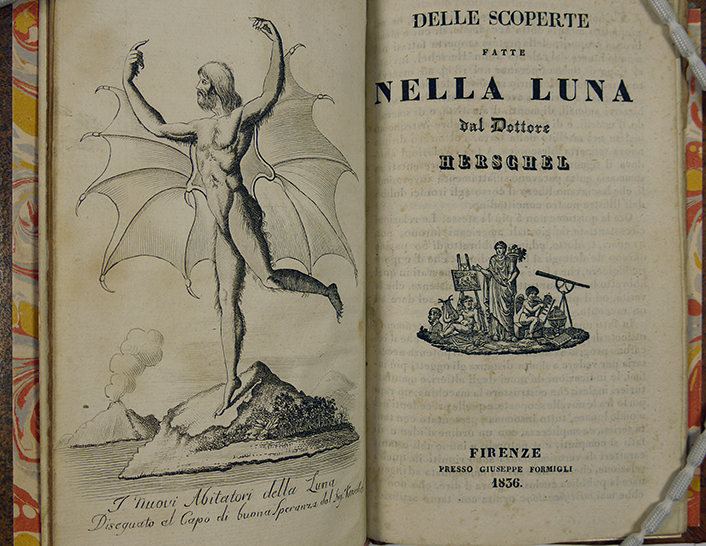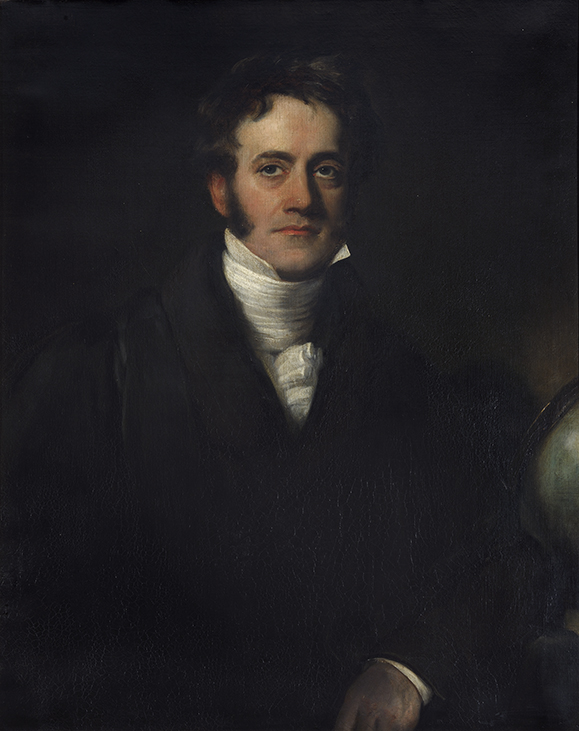Please be true
John Herschel (1792-1871) was an astronomer who graduated from St John’s in 1813. In no particular order he founded the Royal Astronomical Society, named several Saturnian and Uranian moons, contributed to the early days of photography, gave his surname to a town in Saskatchewan (that gave its name in turn to a plesiosaur), translated the Iliad, and had twelve children. There are things he did not do, one of which involved using an experimental high-powered telescope to find life, including bat-winged humanoids, on the Moon (Earth’s moon, not among those he named); but on this point a New York newspaper, happily called the Sun, begged, in 1835, to differ.

Concocting what became known as the Great Moon Hoax (long before spurious claims against the veracity of the 20 July 1969 Apollo 11 moon landing), the journalist Richard Adams Locke wrote a series of articles for the paper. Locke claimed that Herschel had confirmed the existence on the Moon of oceans, beaches, forests, and a variety of ordinary and extraordinary creatures such as unicorns and goats. Herschel, whose portrait is reproduced below, was good-humoured about the Hoax when it came to his attention, acknowledging that the fake discoveries were bound to capture the public’s imagination more effectively than his real ones. His patience would be tested, however, by the continuing need to repudiate the Sun’s claims.

The Library recently acquired a set of Italian pamphlets from 1836 pertaining to the Hoax. One, featuring an illustration of one of the aforementioned bat-winged humanoids, is a translation of Locke’s writing, and the three others are responses. That the Hoax spread across linguistic as well as national boundaries says something for the effectiveness of its design, as does Edgar Allan Poe’s admiration, and as might the observation that Locke now, on the strength of it, has an entry in the Encyclopedia of Science Fiction.
This Special Collections Spotlight article was contributed on 18 July 2019 by Adam Crothers, Special Collections Assistant.